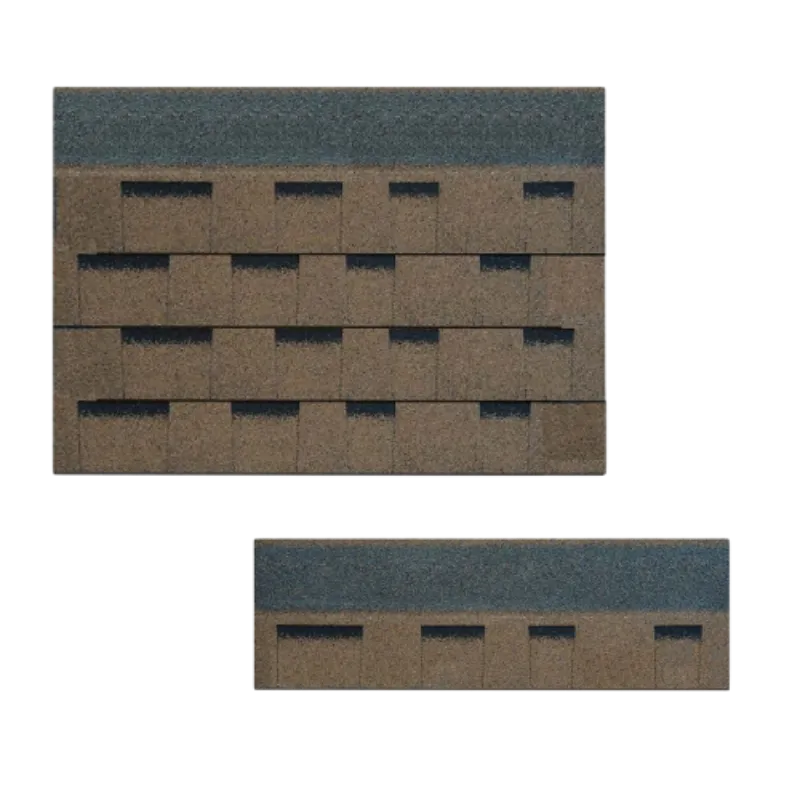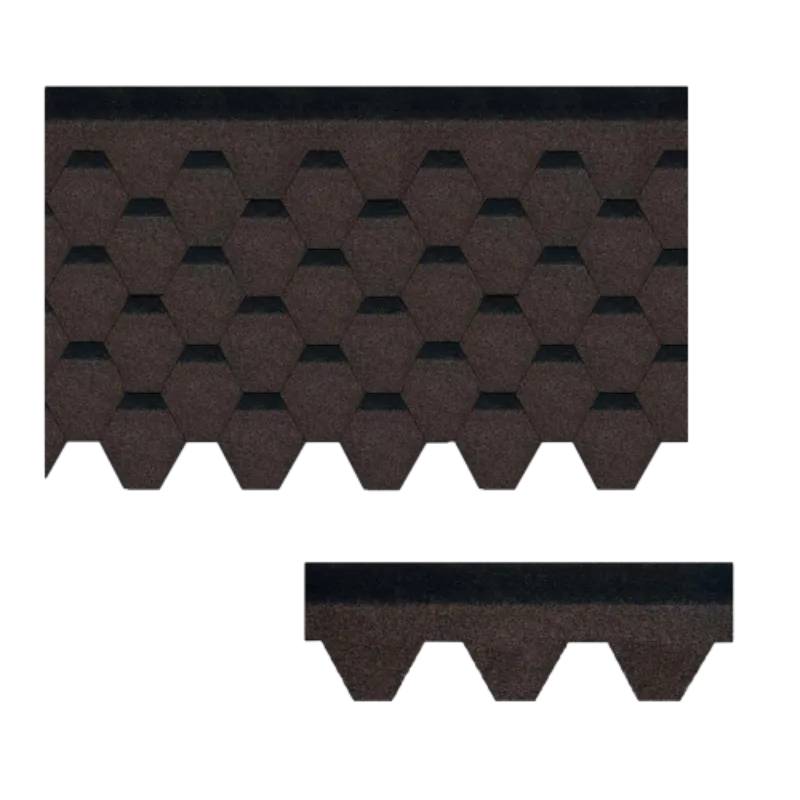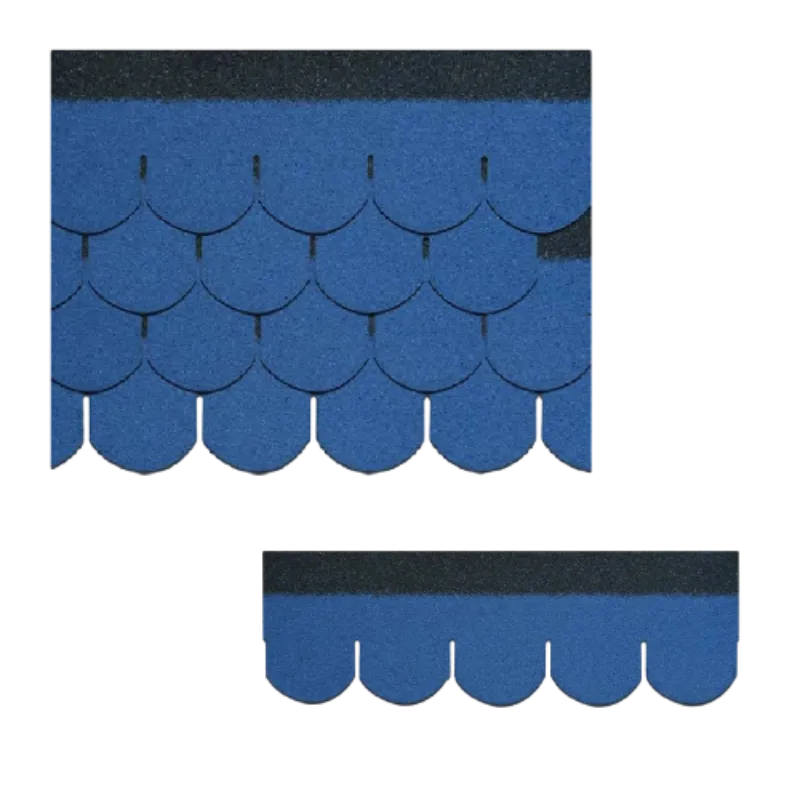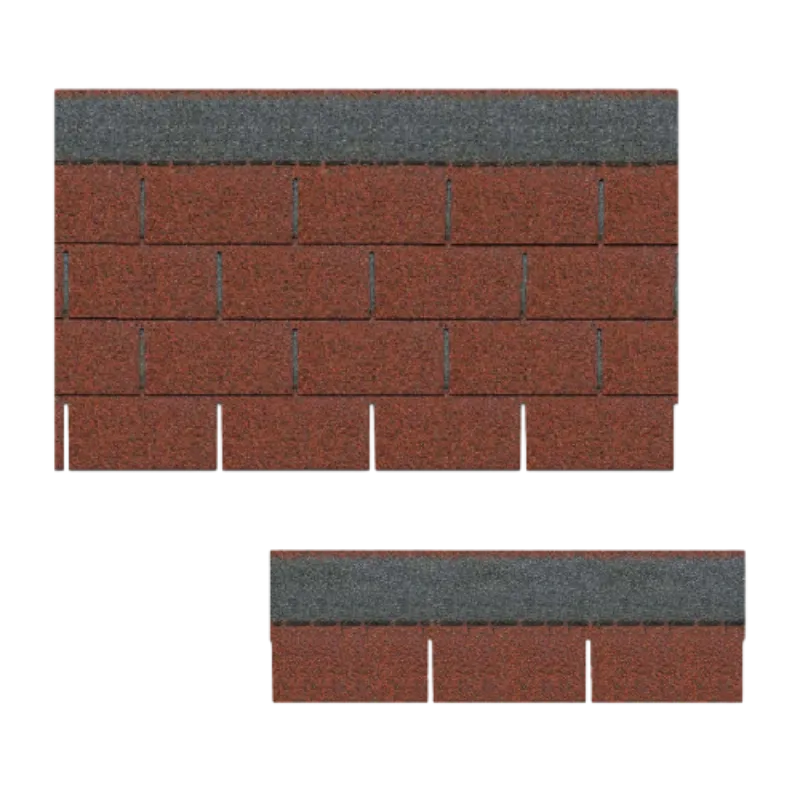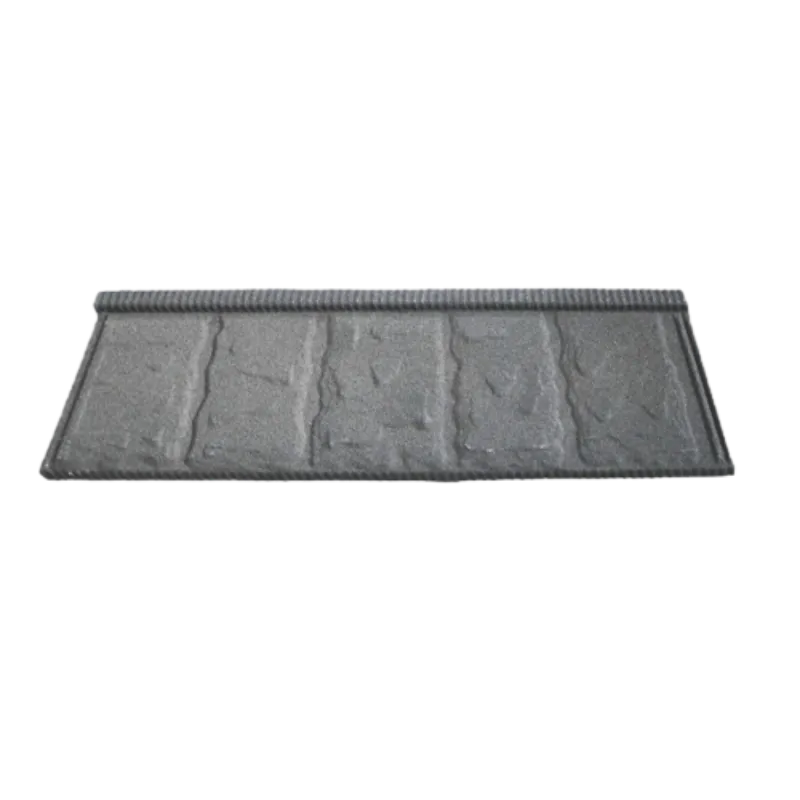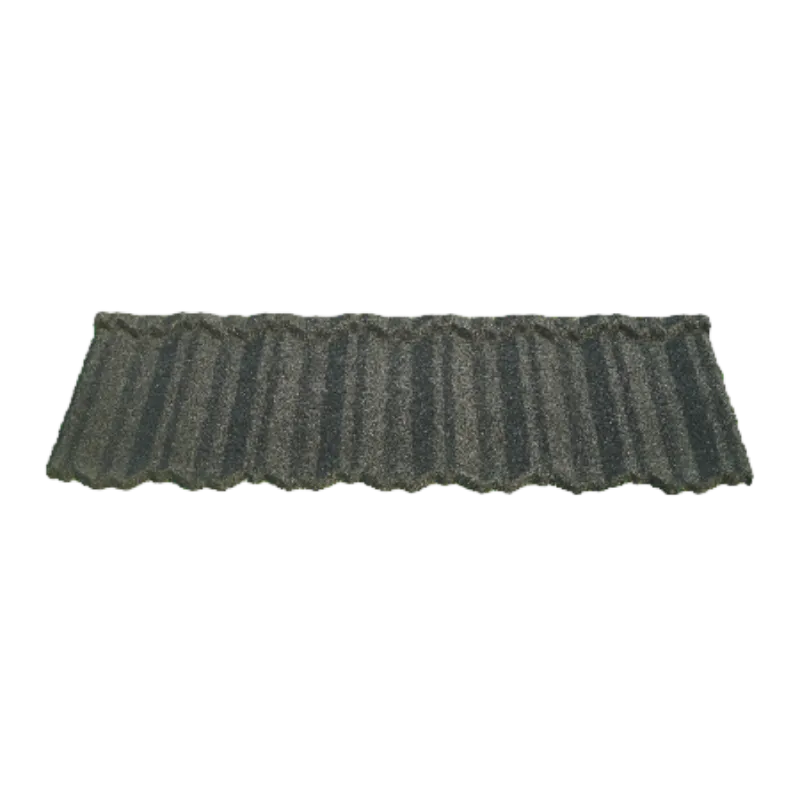
Nov . 13, 2024 20:25 Back to list
red clay roofing
Exploring the Charm and Benefits of Red Clay Roofing
Red clay roofing has long been a staple of architecture in various cultures around the world. With its rich hue, durability, and environmentally friendly properties, red clay tiles offer a perfect blend of aesthetics and functionality. This article explores the historical significance, physical attributes, and modern applications of red clay roofing, as well as its advantages and disadvantages.
Historical Significance
Clay tiles have been used for roofing since ancient times, dating back to civilizations in China, Greece, and Rome. The tradition of using red clay, in particular, stems from the availability of natural clay deposits enriched with iron, giving the tiles their characteristic reddish color. This vibrant hue not only became visually appealing but also helped to characterize the architectural styles of regions where red clay roofing was prevalent. For instance, the Mediterranean architecture with its terracotta roofs has inspired countless designs around the globe, symbolizing warmth, comfort, and a connection to nature.
Physical Attributes
Red clay roofing tiles are known for their distinctive appearance and robust properties. Made from natural clay, they are fired at high temperatures, resulting in a durable and weather-resistant product. The natural pigment from the iron content in the clay provides a deep red color that enhances with age, contributing to the rustic charm of a building.
Cheerful and inviting, the aesthetics of red clay roofing blend well with various architectural styles, from traditional Spanish villas to contemporary eco-homes. The tiles are available in multiple shapes and sizes, including flat, curved, and interlocking options, allowing designers to bring their vision to life while ensuring structural integrity.
Environmental Benefits
One of the most compelling reasons to choose red clay roofing is its eco-friendliness
. Clay is a natural material that is recyclable and abundant in many regions. Its production process, though requiring high temperatures, uses materials that are locally sourced when feasible, thus minimizing transportation emissions.Additionally, red clay tiles offer superior thermal performance. They help regulate building temperatures, reducing the need for air conditioning in hot climates, and providing natural insulation in cooler seasons. The reflective properties of clay also contribute to energy efficiency, which is a significant factor in sustainable building practices.
Modern Applications
red clay roofing
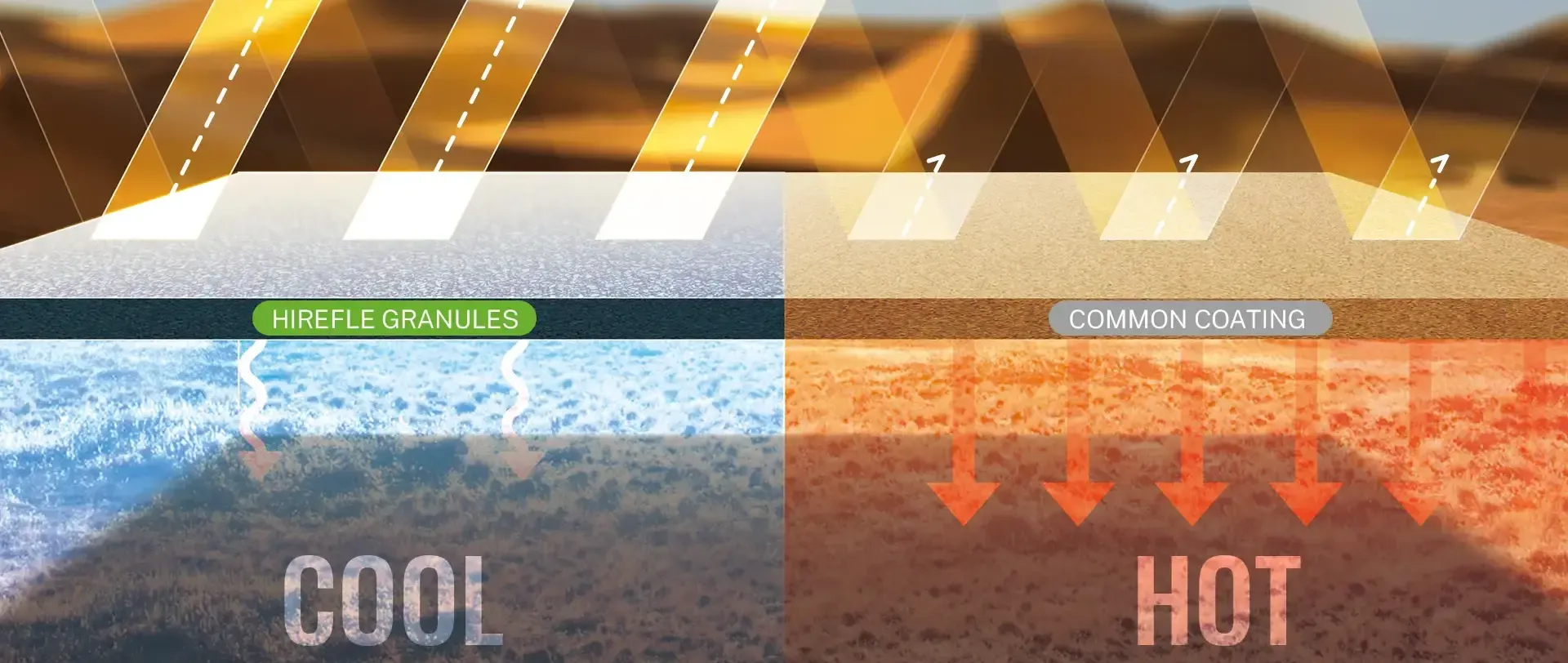
In contemporary architecture, red clay roofing is making a comeback, particularly among those seeking traditional aesthetics combined with modern functionality. Roofs utilizing red clay tiles can be found in both residential and commercial buildings, where they serve as a nod to heritage while incorporating modern materials and techniques.
With advancements in technology, today's red clay tiles are often designed to be lightweight, making them easier to handle and install without compromising strength. Furthermore, manufacturers are now producing tiles with enhanced water resistance and UV protection, addressing some of the previous concerns that builders had about durability and longevity.
Advantages and Disadvantages
While red clay roofing presents numerous advantages, it is essential to consider both its pros and cons.
Advantages
1. Durability Red clay tiles can last for over 50 years with proper maintenance, making them a reliable long-term investment. 2. Aesthetic Appeal The warm, rich color enhances the visual character of any structure, making it a popular choice for homeowners and builders alike. 3. Energy Efficiency As mentioned earlier, their insulation properties can lead to significant energy savings. 4. Fire Resistance Red clay tiles are fireproof, making them a safer choice in areas prone to wildfires.
Disadvantages
1. Weight Clay tiles can be heavier than other roofing materials, necessitating a sturdy roof structure to support the extra weight. 2. Cost The initial installation cost can be higher compared to asphalt shingles, though it may pay off in the long run due to durability. 3. Fragility While durable, clay tiles can break under heavy impact, for example, from hail or falling branches.
Conclusion
Red clay roofing is a timeless and practical choice for both new constructions and renovations. Its rich historical roots, combined with its aesthetic appeal and environmental benefits, make it an attractive option in today’s architectural landscape. While there are some disadvantages, the advantages often outweigh them, especially for those who value sustainability, beauty, and durability. Whether one is building a modern eco-friendly home or restoring a vintage property, red clay roofing provides the ideal blend of tradition and contemporary function.
-
Top Stone Coated Metal Roofing Suppliers & Manufacturers Durable Stone Coated Metal Tile Solutions
NewsJul.07,2025
-
How Many Bundles of Asphalt Shingles in a Square? Fast Roofing Guide & Tips
NewsJul.07,2025
-
How Long Should a Cedar Shake Roof Last? Expert Guide & Replacement Options
NewsJul.06,2025
-
Premium Expensive Shingles Enhance Your Roof with Lasting Durability and Style
NewsJul.06,2025
-
Roof Shingle Construction Durable & Cost-Effective Asphalt Roof Solutions
NewsJul.06,2025
-
Premium Red 3 Tab Roof Shingles for Durable, Stylish Roofing Solutions
NewsJul.05,2025


